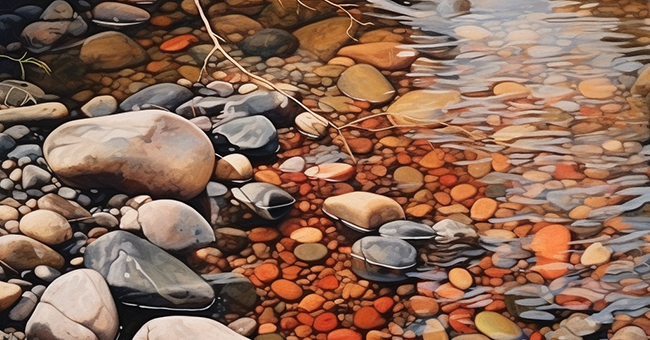
Ever since the dawn of civilization, humans have found comfort and fascination in the humble stones beneath our feet. These seemingly ordinary pebbles have served as touchstones to the mystical world, beacons of hope, and portents of good fortune.
The superstition and lore surrounding lucky stones date back thousands of years, spanning across countless cultures and civilizations.
Echoing the words of Francoise Strachan in her spellbinding book, Natural Magic, “You will know whether it is the right stone or not as soon as you meet it… It will positively glow, and ask to be picked up and handled.”
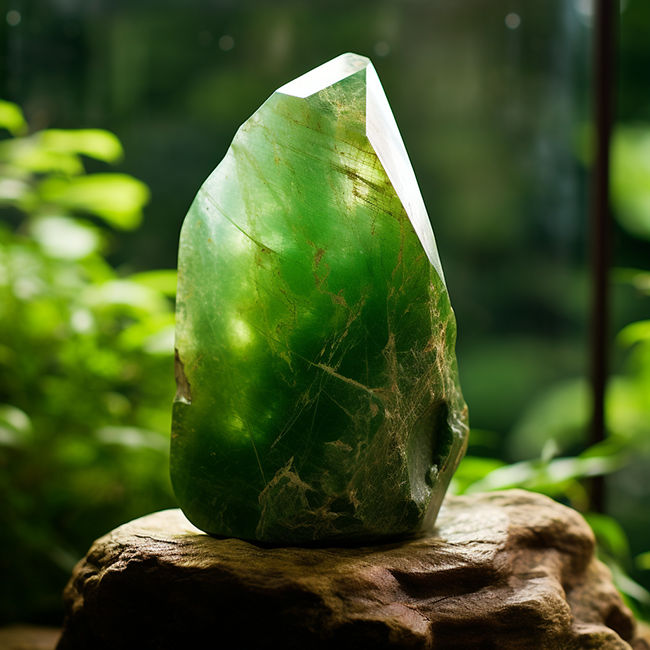
The concept of the ‘lucky stone’ manifests in countless forms across various cultures. In one culture, a stone might be lucky due to its color, shape, or location it was found. In another, the stone’s ability to attract good fortune could be derived from its association with significant celestial events or tied to the legends of the land.
Celtic tradition, for instance, holds high regard for the Hag Stone or Adder Stone – a rock naturally bored through by water. The Celts believed these stones held protective properties and could be used to see into the otherworld, predicting future events or averting harm.
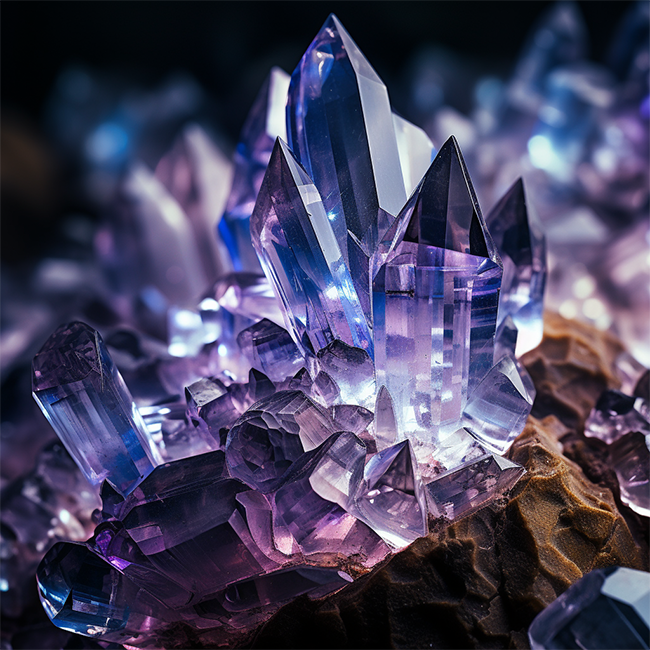
In the Far East, Jade has long been considered a stone of prosperity, longevity, and good luck. In Chinese culture, Jade is not only prized for its beauty but also its purported ability to balance one’s life force, or ‘chi’, and bring about harmony and success. It is commonly worn in jewelry or carried as an amulet.
Meanwhile, Native American cultures venerate the agate for its protective and healing properties. Warriors would often carry an agate stone into battle, believing it would shield them from harm while amplifying their strength.
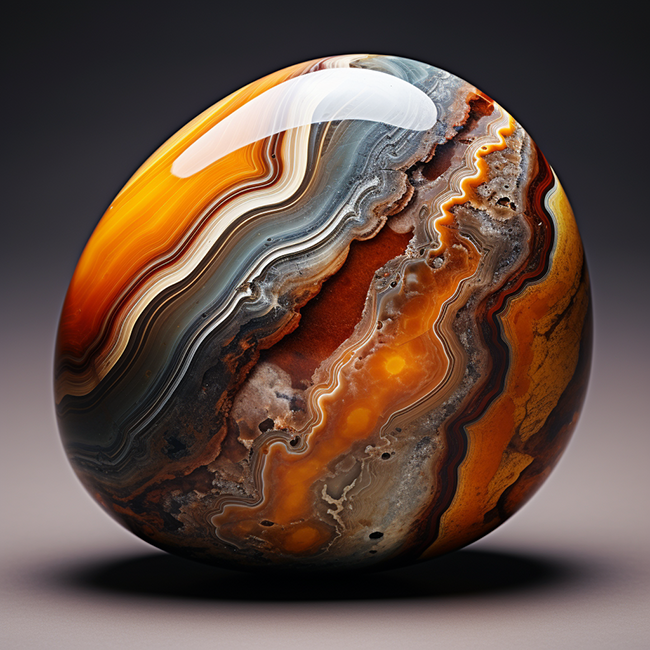
The Romans, not to be left out, trusted in the magical properties of quartz crystals. Clear quartz, they believed, symbolized purity and patience and was said to have the power to cure disease and ward off evil spirits.
The lore of lucky stones transcends the limitations of time and geography, uniting us in our collective belief in the mystical properties of the natural world. This enchantment with stones underscores our innate desire to find meaning and connection in our surroundings. The stones are but a tangible representation of our human quest for luck, protection, and harmony with the universe.
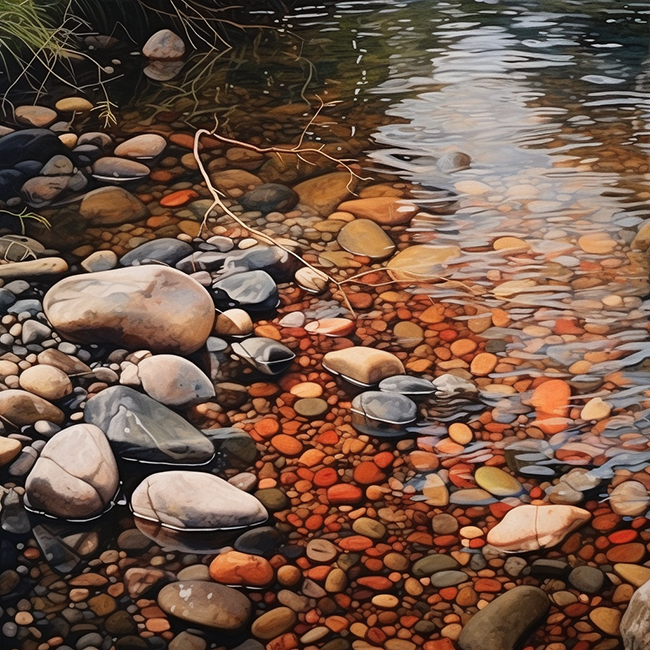
In Francoise Strachan’s words, the ‘right’ stone has a life of its own, a radiant energy that speaks directly to its beholder. Much like human relationships, the connection between an individual and their lucky stone is deeply personal.
It’s this idea that the stone chooses you, rather than you choosing the stone, that adds an extra layer of magic to the lore.

So the next time you find yourself on a pebbled beach or a mountain path, take a moment to look down. The stone that catches your eye, that seems to stand out among the rest and radiates a warmth that feels strangely familiar, might just be your lucky stone.
And who knows? It might have been waiting for you all along, holding within it a universe of luck, just for you.

